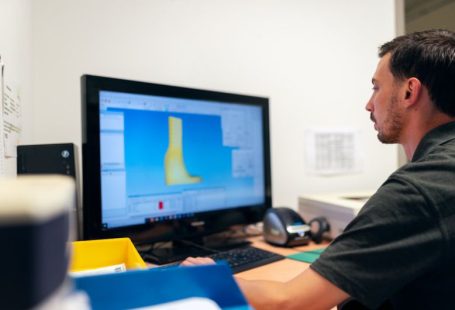The world of micro PC cooling is evolving rapidly, driven by the continuous demand for enhanced performance and efficiency in electronic devices. As technology advances, so does the need for innovative cooling solutions to prevent overheating and ensure optimal functioning of micro PCs. In this article, we will explore the latest emerging technologies in micro PC cooling that are revolutionizing the way we keep our devices running cool and efficiently.
### Liquid Cooling Systems
Liquid cooling systems have gained popularity in recent years as an effective cooling solution for high-performance micro PCs. These systems use a liquid coolant, typically water or a specialized fluid, to transfer heat away from the components to a radiator where the heat is dissipated into the air. Liquid cooling offers superior thermal performance compared to traditional air cooling methods, making it ideal for overclocked systems or compact builds with limited airflow.
### Direct-to-Die Cooling
Direct-to-die cooling is a cutting-edge technology that involves placing a cooling solution directly on the electronic components, such as the CPU or GPU, to efficiently draw heat away. This method eliminates the need for a traditional heatsink and thermal paste, resulting in improved thermal conductivity and reduced thermal resistance. Direct-to-die cooling allows for more precise temperature control and can significantly enhance the overall performance and longevity of micro PCs.
### Phase-Change Cooling
Phase-change cooling is a revolutionary technology that utilizes the process of phase transition to cool electronic components. This method involves changing a refrigerant from a liquid to a gas state by absorbing heat from the components, then condensing it back into a liquid to dissipate the heat. Phase-change cooling systems offer exceptional thermal performance and are capable of maintaining low temperatures even under heavy loads, making them ideal for demanding applications and gaming setups.
### Vapor Chamber Technology
Vapor chamber technology is a sophisticated cooling solution that utilizes a sealed chamber filled with a small amount of liquid that evaporates when in contact with heat sources. The vapor spreads evenly within the chamber, transferring heat away from the electronic components to the cooling fins for dissipation. Vapor chamber cooling systems provide efficient heat distribution and can effectively dissipate heat from hotspots on micro PCs, ensuring uniform temperature across the device.
### Graphene-Based Cooling Solutions
Graphene, a two-dimensional material composed of a single layer of carbon atoms, has emerged as a promising candidate for enhancing thermal conductivity in micro PCs. Graphene-based cooling solutions offer superior heat dissipation properties compared to traditional materials like copper or aluminum, making them ideal for improving the efficiency of cooling systems. Graphene’s high thermal conductivity and lightweight properties make it a valuable addition to the future of micro PC cooling technology.
### Concluding Thoughts on the Future of Micro PC Cooling
As micro PCs continue to become more powerful and compact, the demand for efficient cooling solutions will only increase. Emerging technologies such as liquid cooling systems, direct-to-die cooling, phase-change cooling, vapor chamber technology, and graphene-based solutions are paving the way for a new era of thermal management in electronic devices. By leveraging these innovative cooling technologies, users can expect improved performance, reliability, and longevity from their micro PCs, ensuring a seamless computing experience in the years to come.





